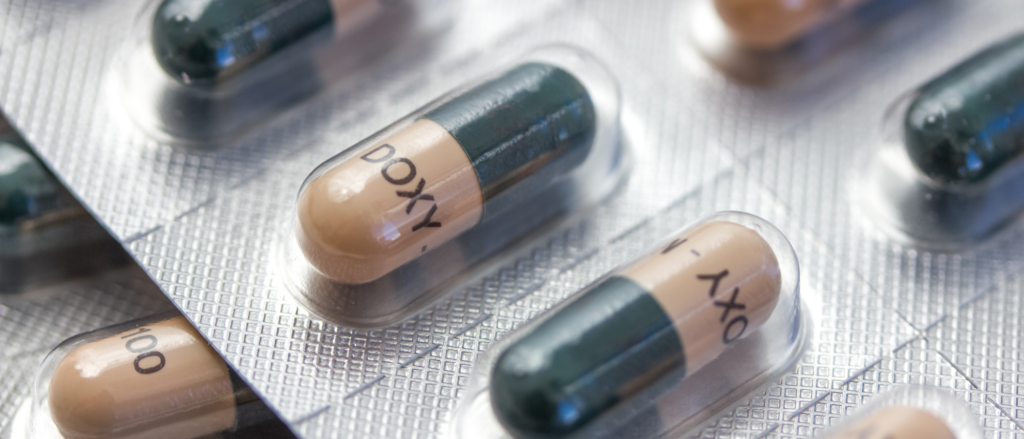What Is Provocation?
Provocation is a technique used to stimulate the immune system and “wake up” dormant Lyme bacteria. This process helps the body produce a stronger immune response, which can make the bacteria more detectable in diagnostic tests. In simple terms, provocation encourages hidden infections to show themselves, improving the odds of obtaining a conclusive diagnosis.
Why Is Lyme Disease Hard to Detect?
Lyme bacteria are stealth pathogens. They can:
- Go dormant, avoiding detection by the immune system.
- Suppress immune activity, leading to low antibody production.
- Hide in tissues where standard blood tests might not detect them.
As a result, many patients with Lyme disease receive negative test results despite experiencing classic symptoms like fatigue, joint pain, and brain fog.
How Does Provocation Work?
During provocation, a healthcare provider administers specific therapies to stimulate the immune system and potentially coax the bacteria out of hiding. These therapies may include:
- Herbal supplements or medications that target Lyme bacteria.
- Low-dose immune stimulants to boost the body’s response.
- Detoxification protocols to support the body as it reacts.
After provocation, a blood sample is typically taken to test for Lyme disease or co-infections. Because the bacteria are more active and the immune system is more engaged, test results may show clearer evidence of infection.
Benefits of Provocation
- Increased Diagnostic Accuracy: By stimulating a response, provocation can help reveal infections that might otherwise go undetected.
- Guided Treatment: A confirmed diagnosis allows for more targeted and effective treatment plans.
- Early Detection of Co-Infections: Lyme disease often comes with co-infections like Babesia or Bartonella, which may also be uncovered during provocation.
Is Provocation Right for You?
While provocation is a promising approach, it’s not suitable for everyone. The process can temporarily intensify symptoms as the immune system reacts to the bacteria. For this reason, provocation should only be conducted under the supervision of an experienced healthcare provider who specializes in Lyme disease.
What to Expect
If you and your doctor decide that provocation is appropriate, the process typically involves:
A pre-provocation baseline test to evaluate your current status.
A personalized provocation protocol to stimulate your immune system.
Follow-up testing to assess changes and detect infections.
Conclusion
Provocation offers hope for those struggling with unexplained symptoms and inconclusive test results. By revealing hidden infections, it can pave the way for more accurate diagnoses and effective treatments. If you suspect you have Lyme disease or are navigating the challenges of a misdiagnosis, consider discussing provocation with a qualified healthcare provider.
Understanding and addressing Lyme disease is a journey, but innovative approaches like provocation are helping more patients find clarity and relief.



